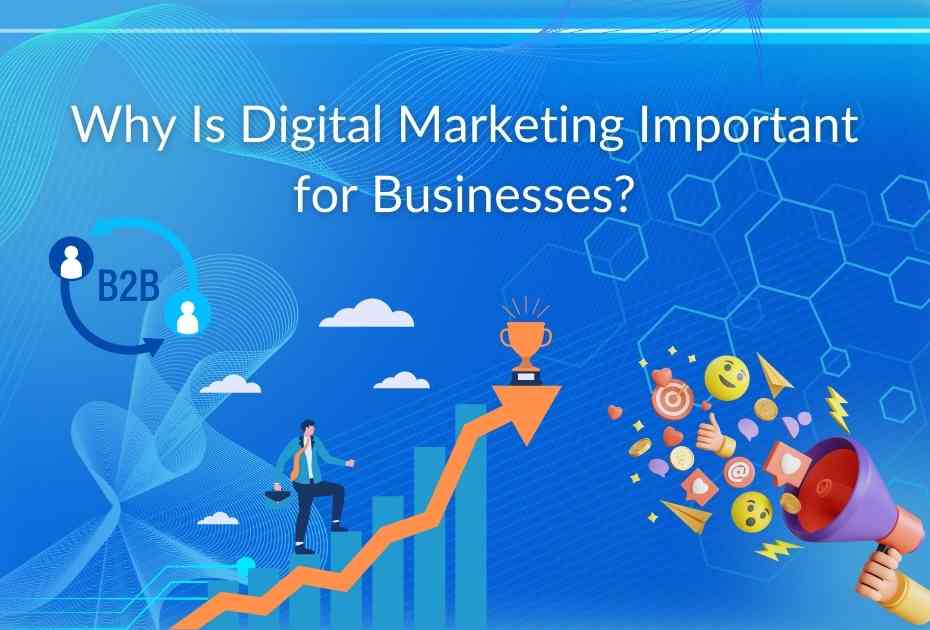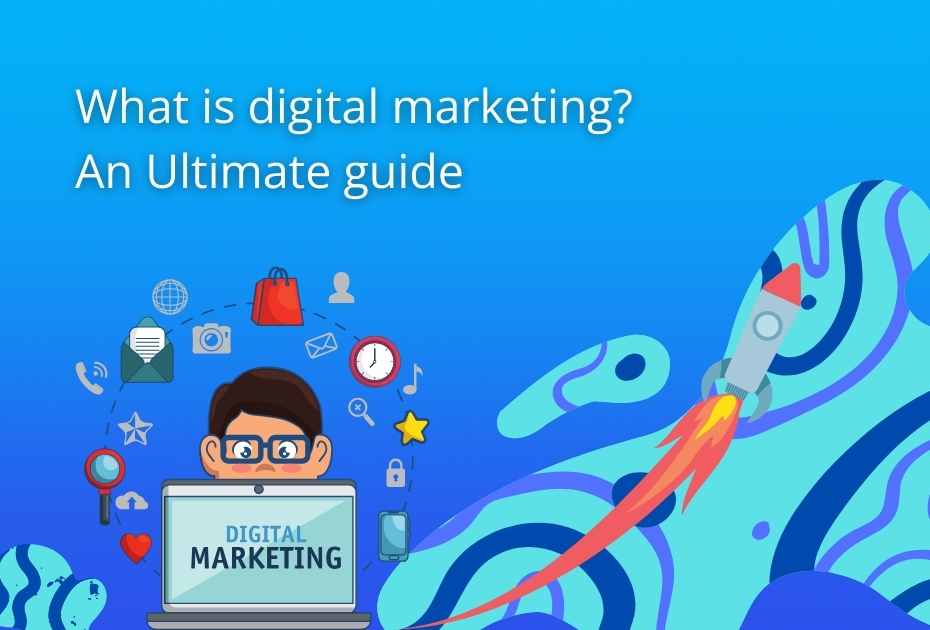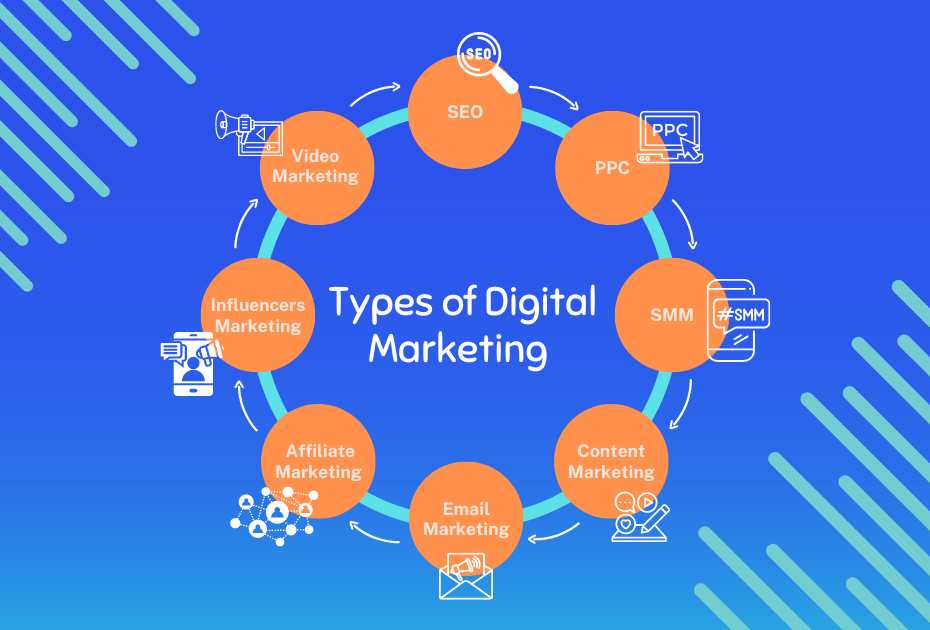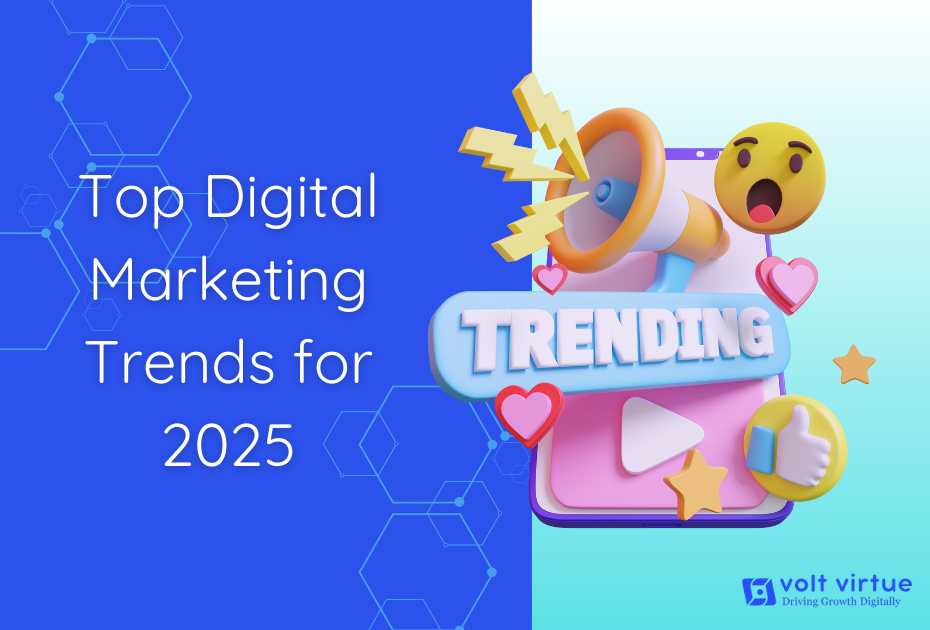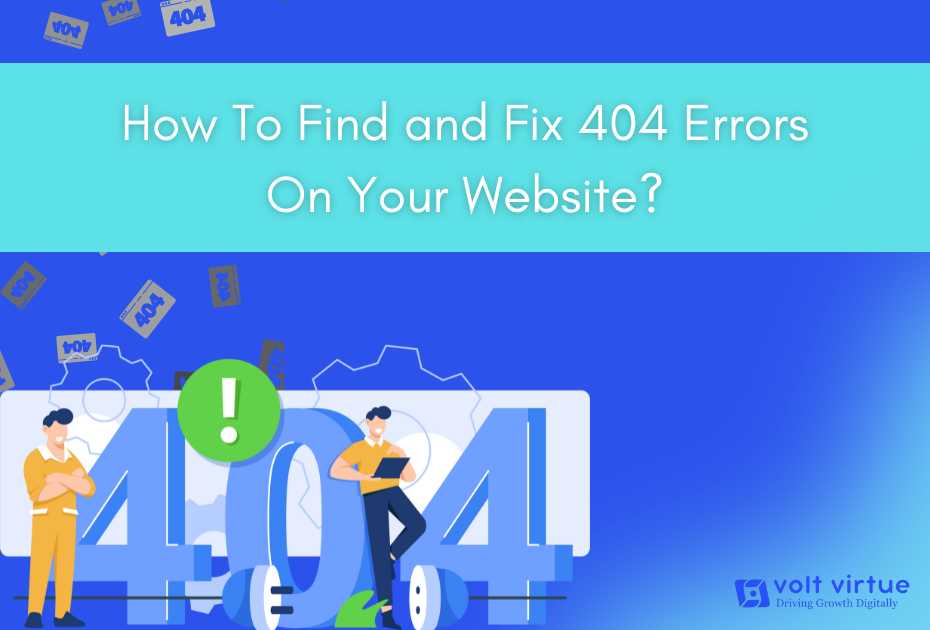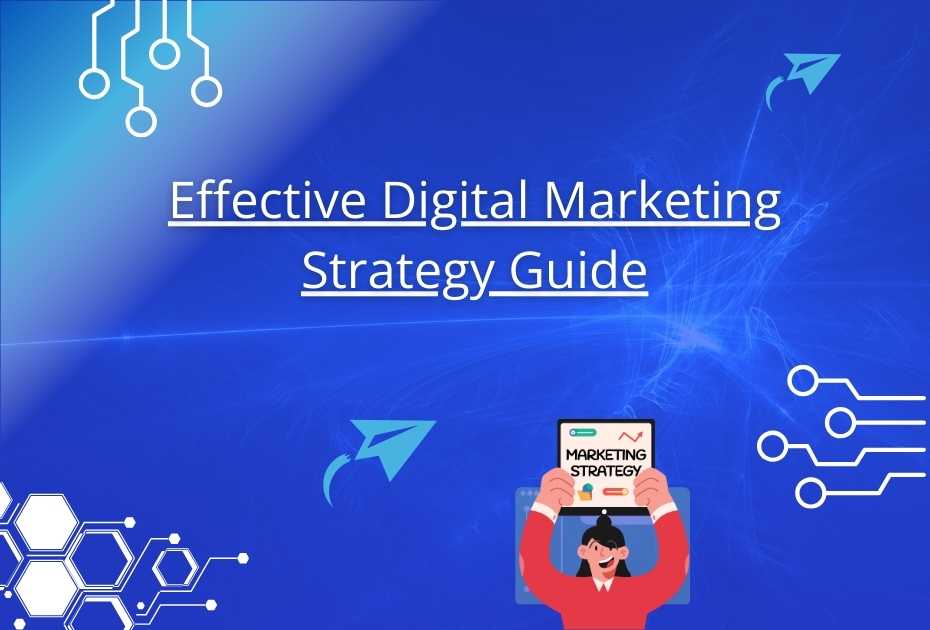
An effective digital marketing strategy is essential for success in today’s business world. Companies that do well online usually invest a lot in creating effective digital marketing plans. These plans help businesses reach customers on different digital and social platforms, leading to increased revenue, better conversion rates, and improved customer engagement.
What Is a Digital Marketing Strategy?
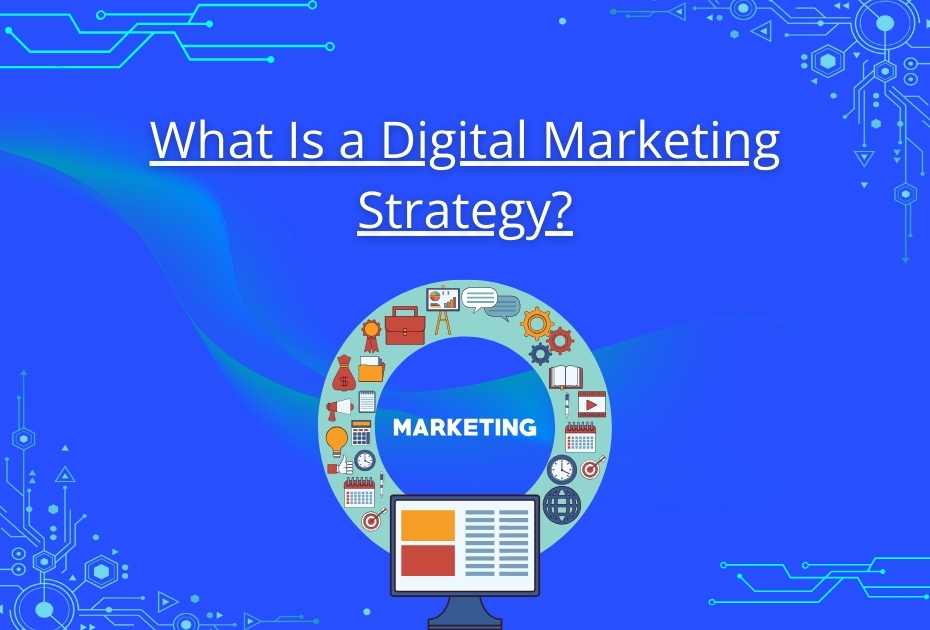
A digital marketing strategy is a comprehensive plan designed to promote a product or brand to potential customers through online channels. This strategy aims to either enhance brand visibility or achieve specific revenue goals. It operates exclusively on digital platforms, such as search engines, websites, and social media. Digital marketing strategies involves deploying various tactics to achieve its objectives. For example, one tactic might include running targeted social media ads to reach the audience most interested in your product or service.
Why Is a Digital Marketing Strategy Important?
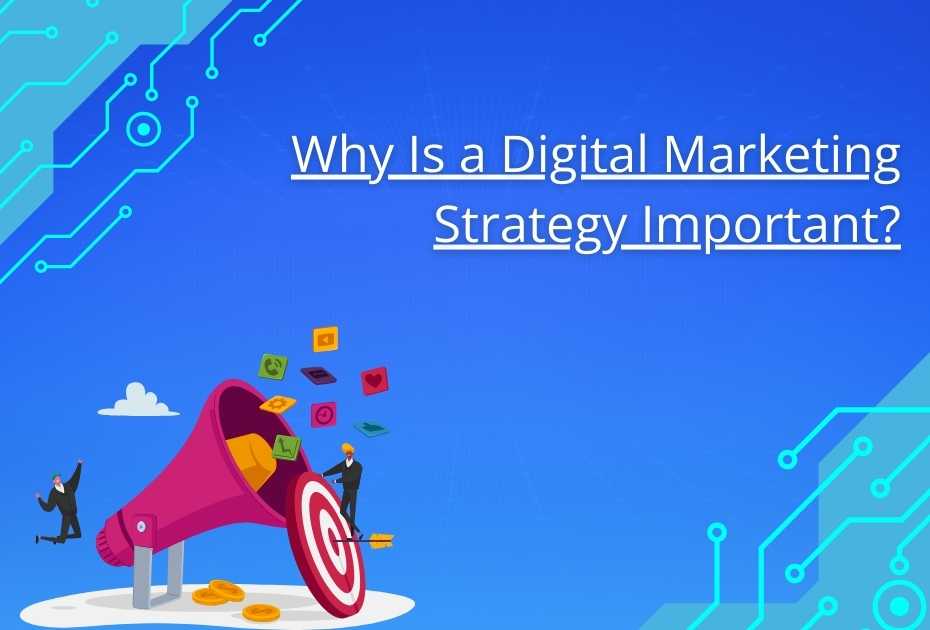
You might know you need an effective online marketing strategy, but understanding why it’s crucial can help you invest the right time and energy into developing a strong digital marketing plan. Here are key reasons why a digital marketing strategies is essential:
Understand Your Market Share
A clear digital marketing strategy helps you get a better grasp of your market share. Without it, you might misjudge the demand for your products or services. The strategy lets you analyze the marketplace, including customer behaviors, needs, competitors, and customer profiles.
Stay Ahead of Competitors
If you don’t have a digital marketing strategy, your competitors likely do and will use it to capture more market share while you stick to traditional marketing methods. Investing in digital marketing is crucial to keep your brand visible and engage with your target audience when they are making purchasing decisions. Don’t let your competitors take what should be your share of the market.
Develop an Online Value Proposition
A digital marketing strategy helps you craft a compelling online value proposition. This proposition aims to enhance the user experience when purchasing your product or service, making it appealing to different types of buyers. The goal is to attract loyal customers who love your products and will recommend them to others.
Understand Your Customers
Using tools to gather user feedback allows you to understand how customers feel about your products or services. In the digital space, it’s easy to conduct surveys and collect reviews. This feedback helps you refine your marketing tactics and make necessary adjustments to your offerings to better meet your target market’s needs.
Marketing Strategy vs. Marketing Tactic
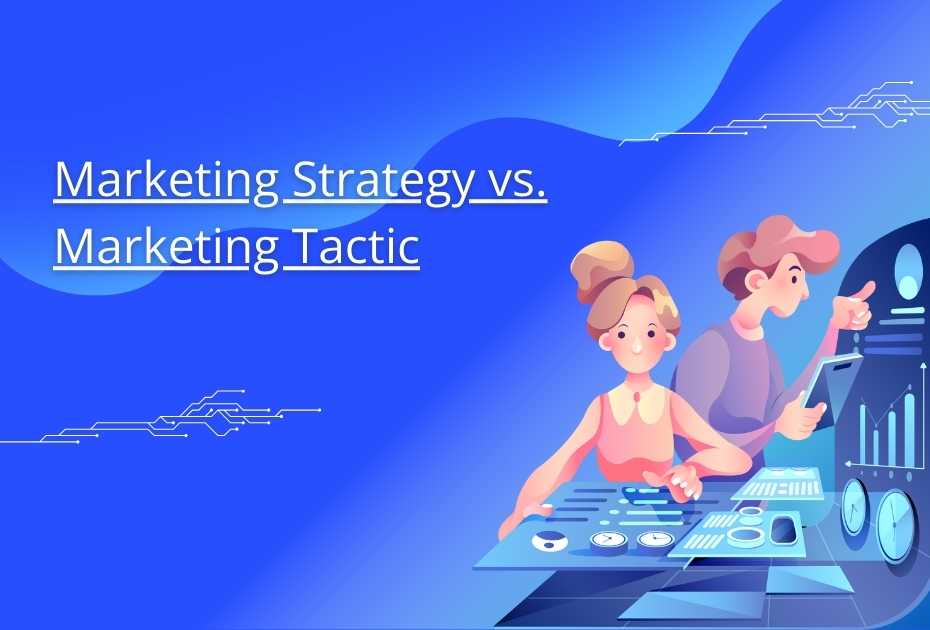
When exploring digital marketing, you’ll come across the terms “marketing strategy” and “marketing tactic.” Here’s what they mean and how they differ:
- Marketing Strategy: This is a comprehensive plan that outlines how you will achieve your marketing goals through various digital channels. It’s the overall framework that directs and shapes your marketing efforts.
- Marketing Tactic: These are specific actions you take to implement your strategy. Examples include sending emails to customers, creating blog posts, and launching advertisements. Tactics are the practical steps that bring your strategy to life.
Marketing Strategy vs. Marketing Campaign
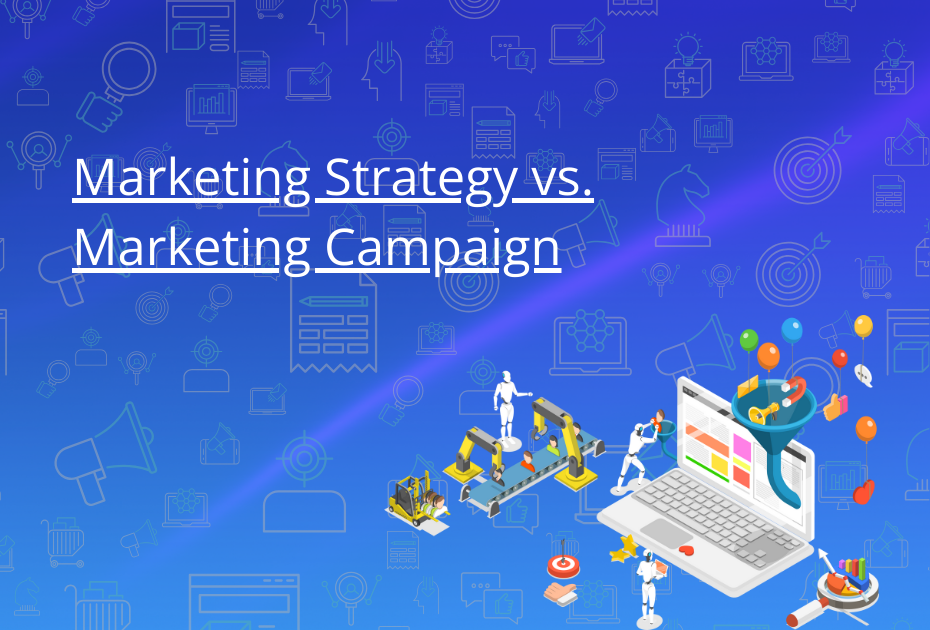
When working on your digital marketing, you might also encounter the term “marketing campaign.” Here’s how it differs from a marketing strategy:
- Marketing Strategy: This is your broad plan for reaching your target audience and converting them into customers. It defines your overall marketing and business goals, guiding your long-term approach.
- Marketing Campaign: This is a specific promotion designed to achieve a particular objective within your broader strategy. Campaigns usually have defined start and end dates. For example, you might run a series of Google ads for four months to boost traffic, which is a focused effort to support your overall marketing strategy.
How To Create a Digital Marketing Strategy
Creating the most effective digital marketing strategy is key to achieving your sales goals. Your strategy should be detailed and cover various aspects to reach your target audience effectively.
Here are 10 steps to help you build a successful online marketing strategy:
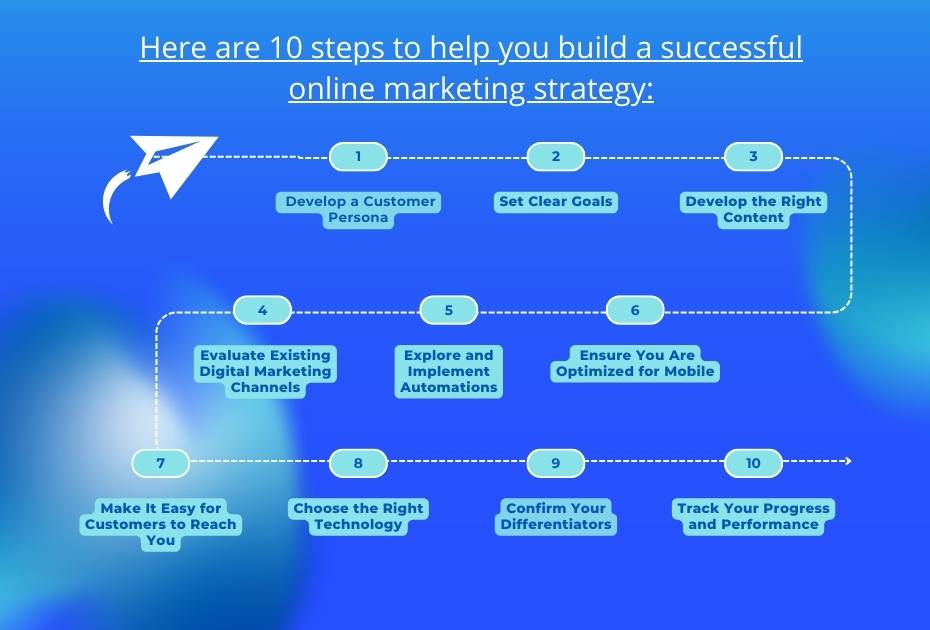
Step 1: Develop a Customer Persona
A customer persona is a detailed profile of your ideal customer, created based on their preferences, behaviors, and challenges.
For example, if you offer online fitness coaching, your customer persona might be a busy professional in their 30s who wants to stay fit but struggles to find time for a gym. They might be interested in flexible workout plans and virtual coaching that fits their hectic schedule. The more detailed your persona, the better you can customize your marketing to meet their specific needs and preferences.
Step 2: Set Clear Goals
Your goals should focus on reaching your target market and driving clicks that lead to sales. Use tools like Google Analytics to track and measure your progress. Make sure your goals are clear and measurable, so you can easily determine if you’re meeting them.
For instance, if you run an online bookstore, one of your digital marketing goals might be to achieve 5,000 new email subscribers within three months. This goal would help you build a list of potential customers interested in your book recommendations and promotions. You could track your progress using email marketing tools and website analytics. If you’re not reaching your target, you might need to adjust your strategy, such as by offering special incentives for signing up or enhancing your promotional campaigns.
Step 3: Develop the Right Content
To align with your strategy, customize your content to meet your objectives. Content can include ad copy, blog posts, social media updates, or white papers, depending on your overall plan and the campaigns you’re running. Create a content calendar to ensure your audience consistently receives fresh content. This helps keep your brand in their minds and boosts brand awareness.
For example, if your strategy involves publishing helpful tips on a blog, make sure you post regularly—whether daily, weekly, or monthly—based on your goals. Consistency is key; stick to your publishing schedule so your audience knows when to expect new content. This approach helps build anticipation and keeps your audience engaged.
Step 4: Evaluate Existing Digital Marketing Channels
Review the digital assets and channels you are currently using, such as your website, blog content, social media accounts, word-of-mouth, native advertising, Google Ads, and paid advertising. Assess how effective these channels have been and consider how they can be utilized or improved for the coming year. Identify which online advertising strategies worked well and which ones might need to be refined or removed.
It’s okay if your new digital marketing strategy doesn’t include every element from the past year. Continue using the channels and tactics that have been most effective. For example, if a landing page you created recently has been successful in generating leads, continue using it and look for ways to enhance it further. Apply the same principle to other assets and channels.
Step 5: Explore and Implement Automations
Marketing automation is becoming increasingly important and sophisticated with the latest technology and software. Modern marketing automation platforms can significantly enhance your digital marketing strategy by automating tasks such as content marketing, email marketing, lead generation, and more.
Additionally, many marketing automation platforms integrate smoothly with your company’s sales CRM, enhancing the efficiency of the entire sales process.
If your company hasn’t yet adopted automated lead generation, make sure to include it in your digital marketing strategy this year.
Step 6: Ensure You Are Optimized for Mobile
In today’s mobile-first world, providing a smooth experience for smartphone and tablet users is crucial. Mobile optimization includes responsive design, fast page loading, and intuitive user interfaces.
Focus on mobile search optimization and check how well your site performs on different devices. Create mobile-friendly email templates and keep your content relevant and up-to-date to improve the user experience.
Step 7: Make It Easy for Customers to Reach You
Connecting with potential customers is crucial for online business success, so it’s important to drive high traffic to your website. Your digital marketing strategy should make it easy for leads and visitors to contact you without unnecessary hassle. Engaging with your customers is vital for your business.
To reduce friction, make sure your landing pages ask for only essential information. Keep call-to-action (CTA) buttons clearly visible on landing pages and throughout your website to make it easy for visitors to take the next step.
Step 8: Choose the Right Technology
The aim is to deliver the right messaging and personalized touch to your target audience while minimizing extra work for yourself. Use CRM systems to manage contacts, invest in automation software, and leverage AI technology as needed. Technology should support your digital marketing efforts and, when used effectively, can ease your workload, allowing you to focus on critical tasks that drive new business. For example, a CRM can automatically send reminder emails, freeing you to handle phone calls and follow-ups with promising leads.
Step 9: Confirm Your Differentiators
Every business should have a unique selling proposition (USP) to differentiate itself from the competition. Identify and clearly define your USP, and make it a central element of your marketing strategy. Make sure your target audience knows why they should choose you instead of your competitors. If your current marketing campaigns aren’t highlighting your USP, it’s time to revise them to better showcase what makes you unique.
Step 10: Track Your Progress and Performance
Regular monitoring is essential to ensure your digital marketing strategies are effective. Set up a system for ongoing tracking and improvement. Assign teams to oversee key metrics, pinpoint areas for enhancement, and learn from previous experiences. Foster a culture of continuous improvement by staying flexible and responsive. Consistently analyze data, implement feedback, and explore new methods to refine your strategy.
Types of Digital Marketing Strategies
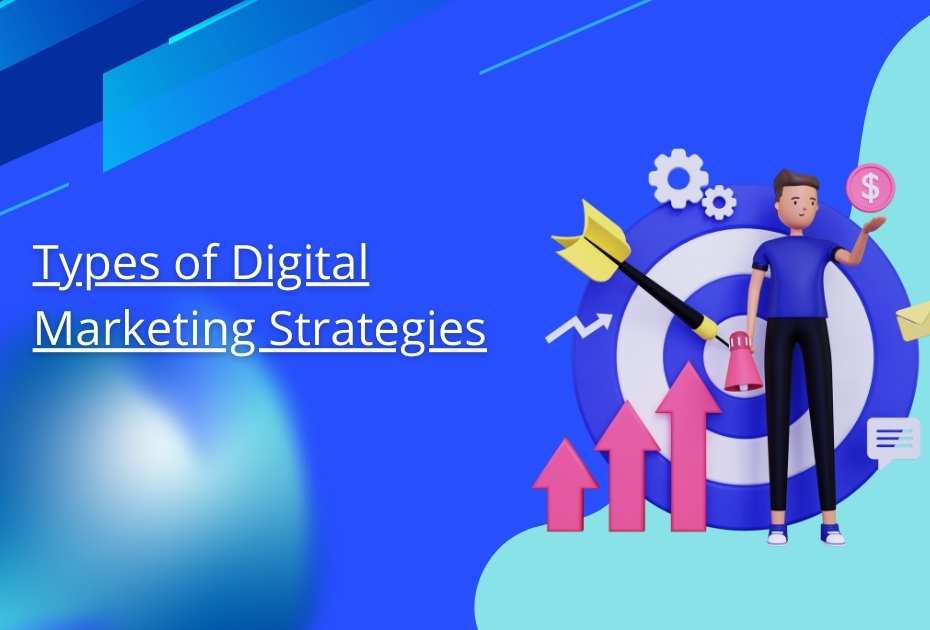
Search Engine Optimization (SEO)
SEO is crucial for driving organic traffic, increasing exposure, and attracting potential customers. Effective keyword research, on-page optimization, and quality backlinks are key factors that boost your website’s rankings and contribute to a successful digital marketing strategy. SEO involves enhancing your website to achieve higher rankings in search engine results for keywords and phrases relevant to your business. The more keywords you rank for and the higher you rank, the more visibility your website will gain, helping people become more familiar with your business. Regular optimization of your website and content is essential to ensure that every aspect of your online presence performs at its best.
Content Marketing
Generating leads can be achieved through various methods, but a proven approach is content marketing, which involves creating and sharing valuable content through digital channels to attract and engage your audience.
For instance, you can link an Instagram post to a specific offer using a landing page, enhancing your conversion potential. This could involve promoting an ebook that’s relevant to your audience but requires visitors to provide their details to access it.
Diversify your content types to maximize impact. In addition to blogs, consider creating videos, developing valuable ebooks, or hosting webinars with in-house staff or industry experts to drive leads and boost engagement.
Social Media Marketing
Social media marketing is a powerful tool for reaching and influencing 4.6 billion people worldwide. Depending on the platform, you can target specific age groups and locations with precision.
Beyond simply promoting your brand, product, or service, social media can help you build a community. This fosters meaningful engagement with prospects and customers, creating brand advocates who will promote your brand on their own.
Social media marketing encompasses a diverse and ever-evolving landscape, with each platform requiring its own strategy and metrics. Include social listening in your overall strategy to gain a deeper understanding of and connect with your audience.
Paid Advertising
Paid advertising is a well-known concept, including ads and commercials on television or radio. In the digital world, paid ads are displayed on websites, search engines, and social media platforms. With digital paid advertising, you purchase ad space and use digital tools to target specific audiences.
Search engines and websites use cookies to help advertisers tailor ads based on users’ online behavior. For example, if you visit a site about buying a car, you might see car ads on other sites you visit and on your social media. This precise targeting makes digital ads appealing, as they are more cost-effective than traditional advertising and can reach specific demographics or customer personas.
A key advantage of digital paid advertising is its flexibility with budgets. It allows businesses with smaller budgets to compete with those that have larger budgets, making it accessible for small business owners to effectively reach their target audience.
Email Marketing
Email marketing is a digital strategy that nurtures leads, builds brand loyalty, and promotes products or services through email. It aims to retain existing customers while also attracting new ones.
Email marketing is effective for increasing brand awareness, keeping your company in the minds of your audience, and encouraging repeat purchases. Even if recipients don’t need your products or services immediately, staying top-of-mind means they’re more likely to choose your brand when they are ready to buy.
The main goal of email marketing is to remain memorable to potential customers while providing current clients with valuable information, such as industry news, and personalized content, like product coupons, to keep them engaged and coming back.
Web Design
Web design might not always be seen as a standalone digital marketing strategy, but it’s crucial enough to be considered on its own. While web design supports other strategies like SEO and content marketing, its importance warrants its own focus.
Web design involves creating the structure, layout, functionality, and content of your website. It includes technical aspects such as page speed and mobile-friendliness, as well as aesthetic elements like color schemes and white space usage.
Effective web design is key to making a positive first impression. Your website is central to your digital marketing efforts, so it’s essential that visitors have a great experience. Optimizing web design elements ensures that users enjoy a smooth and engaging experience, which is key to your overall success.
What Type of Digital Marketing Strategy Is Best for My Organization?
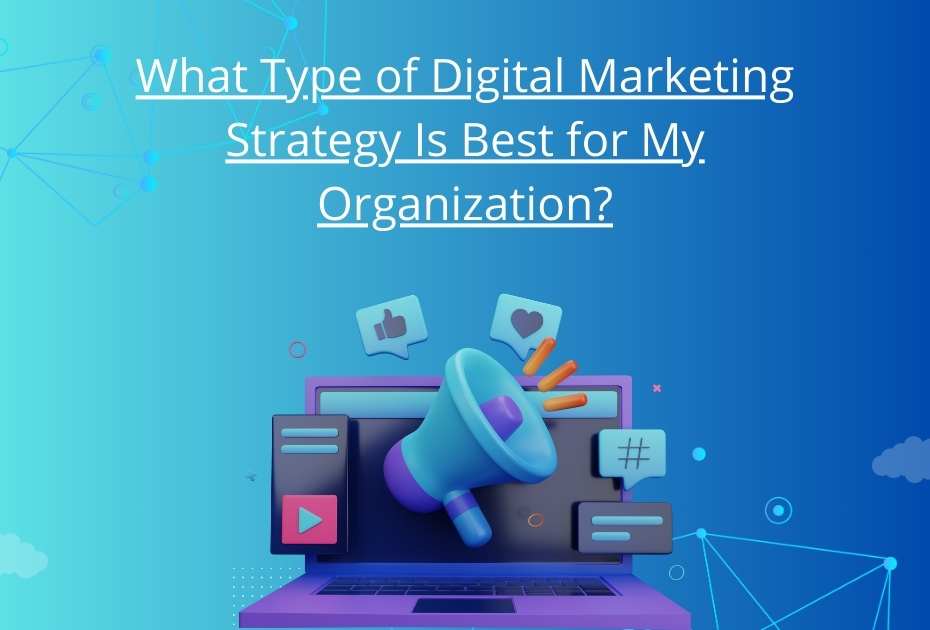
The best digital marketing strategies for your organization depends on your specific business goals and circumstances. Factors such as company culture, product offerings, and revenue targets will shape your approach.
To succeed, align your digital marketing strategies and tactics with SMART goals (Specific, Measurable, Achievable, Relevant, Time-bound) and clearly defined buyer personas. This alignment helps businesses of all sizes leverage digital marketing effectively, though the results will vary based on the resources invested.
For startups and small businesses, cost-effective strategies such as SEO, social media marketing (SMM), and content marketing are often key. These tactics provide a low-cost way to achieve marketing goals and are accessible even with limited budgets.
As organizations grow and their budgets expand, they can explore more extensive marketing tactics, including integrated marketing, advertising, and public relations campaigns. With a larger budget and more resources, businesses can achieve even greater results from their digital marketing efforts.
Frequently Asked Questions About Digital Marketing Strategies
1. What is the most effective digital marketing strategy?
Answer: The most effective digital marketing strategy is the one that aligns with your brand, target audience, and campaign objectives. This could be a content marketing strategy that uses blogs and whitepapers to engage your audience, or an event-based strategy that creates excitement around product launches and trade shows to earn media and boost engagement. There are many approaches available, and brands often combine several strategies to create a comprehensive digital marketing plan.
2. What is a Digital Marketing Tactic?
Answer: A digital marketing tactic is a specific action you take to execute your overall strategy. Examples of tactics include sending targeted emails to customers and leads, creating and publishing blog posts and articles, and launching online ads. Each tactic is designed to help achieve particular goals within your broader marketing strategy.
3. What Role Does Technology Play in Digital Marketing Strategy?
Answer: Technology plays a crucial role in digital marketing by providing valuable insights into campaign performance. It enables marketers to measure the impact of their efforts and analyze data to refine and improve future strategies. This data-driven approach helps ensure that marketing plans are effective and aligned with business goals.

